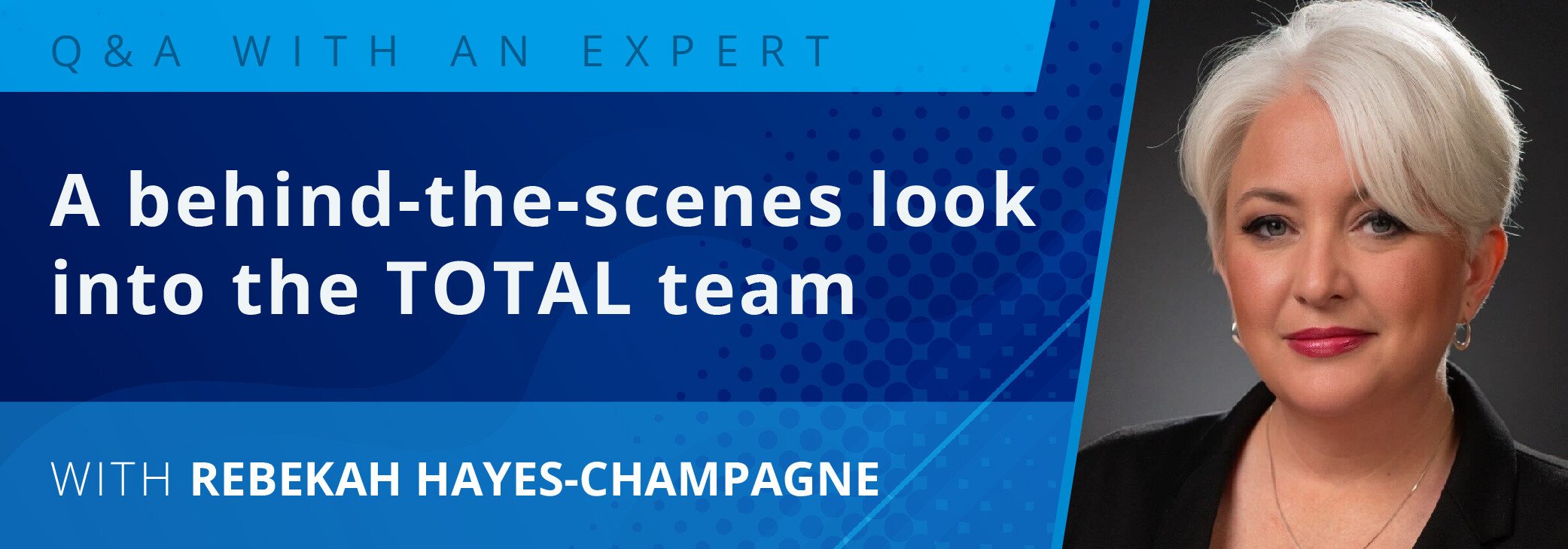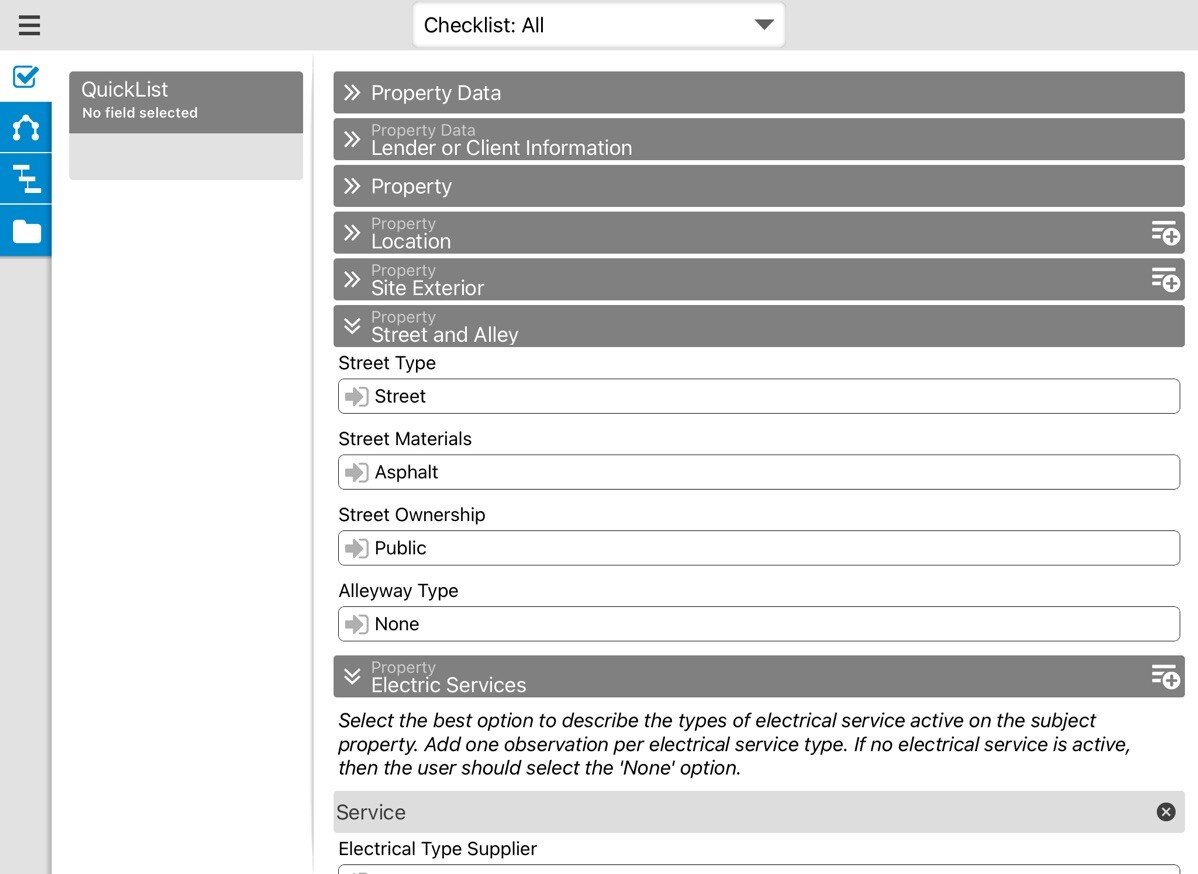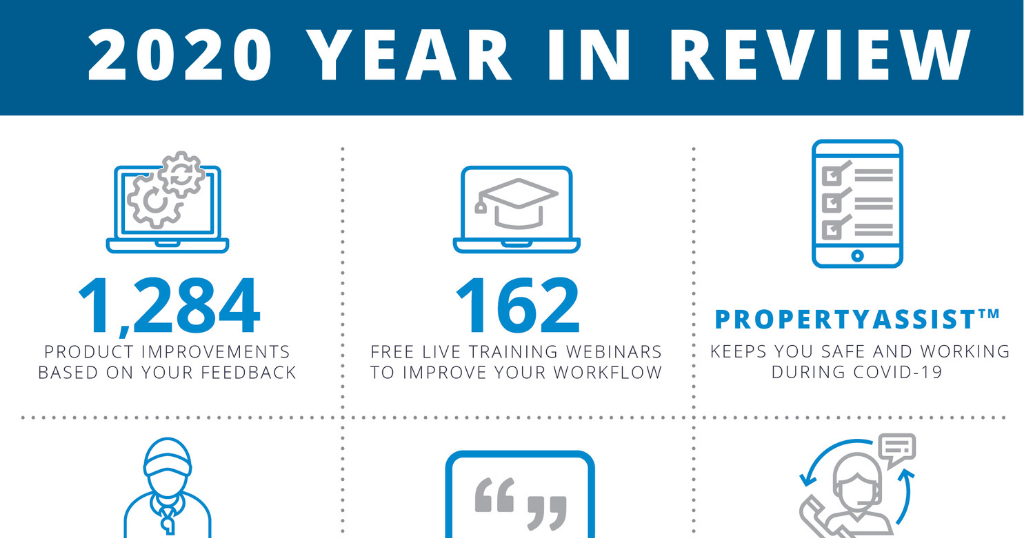Last edition we asked you to write the Appraisal Advocacy Coalition if you have experience being placed on a lender's do not use list mistakenly or for reasons unknown. The extent of your response was, well, disheartening. Because so many of you wrote in.
Lender best practices dictate use of "watch" and "do not use" lists for their vendors, but common sense dictates that this is so that dishonest appraisers can be kept off the rolls. Where mistakes are made, there should be an avenue to correct them. What you find all too often, to your extreme detriment, is that you have no idea how you've come to be on one of these lists, because no one will tell you, and it's almost impossible to get your name cleared once it's on. The stories we heard via the AAC encompassed a wide geographical area, and had as many details as appraisers reporting them, but all centered around a common theme: You can get on these lists by accident, and if you do, good luck getting off. Here is just a sample of the stories we heard via the AAC:
Trainees pay for supervisors' misdeeds
A State Certified Residential Appraiser in Florida was placed on a do not use list years ago when she was a trainee because her supervisor would not respond to appraisal reviews. An appraiser in California is similarly on a list because of his tenure as a trainee – in 2000.
Identity theft gets the wrong appraiser
A New Jersey appraiser believes he's on a do not use list because someone misappropriated his signature and fraudulently held him out to be his "supervisor," which he was not. When he was contacted about the reports he hadn't been involved with, he told the clients so, and followed up by contacting his appraisal board and the police. An appraiser wrote to report that he is on five different lenders' do not use lists because of an identity theft. Another appraiser, in Chicago, wrote that his signature was forged as a supervisor. He learned of a report with his signature forged and contacted the client. As a result of his initiative, he was put on the client's "watch" list.
"Unresponsiveness" that really wasn't
Another Chicagoland appraiser is on a do not use list for reasons she can't discover. She theorizes that an appraiser under her did a report, the lender came back with conditions, but then the homeowner backed out of the loan and the assignment cancelled, and the conditions were therefore never fulfilled. An appraiser in Nevada can't get anyone to tell him why he's on a client's do not use list, which is all too common. He believes it has to do with having been sent a letter disputing adjustments on a file – which he didn't work on. He ignored the letter, thinking the lender would go to the real appraiser or to the management company the report had been ordered through. Instead, he was put on the list.
On the list because too many people are happy with their work
An appraiser is on a do not use list because a number of originators and processors left a larger company en masse and once moved, asked that he be added to the new outfit's approved appraiser list. Whoever was in charge of adding names to the list thought this smelled a little fishy, so he got on a watch list instead. Groups that lay it on the line for appraisers do good and important work when they deal with Scope of Work issues, predatory lending lobbying, new non-lender forms and the like. But the fact that until the AAC no group was giving the issue of do not use lists the attention it obviously deserves is a real shame. The AAC will be in the middle of this in the months to come. In the meantime, a Rhode Island appraiser found an interesting way to supposedly get his name cleared: If he volunteered five free appraisals for the client and paid to have them reviewed, he might get somewhere, he was told.
He has no idea how he got on the list to begin with.


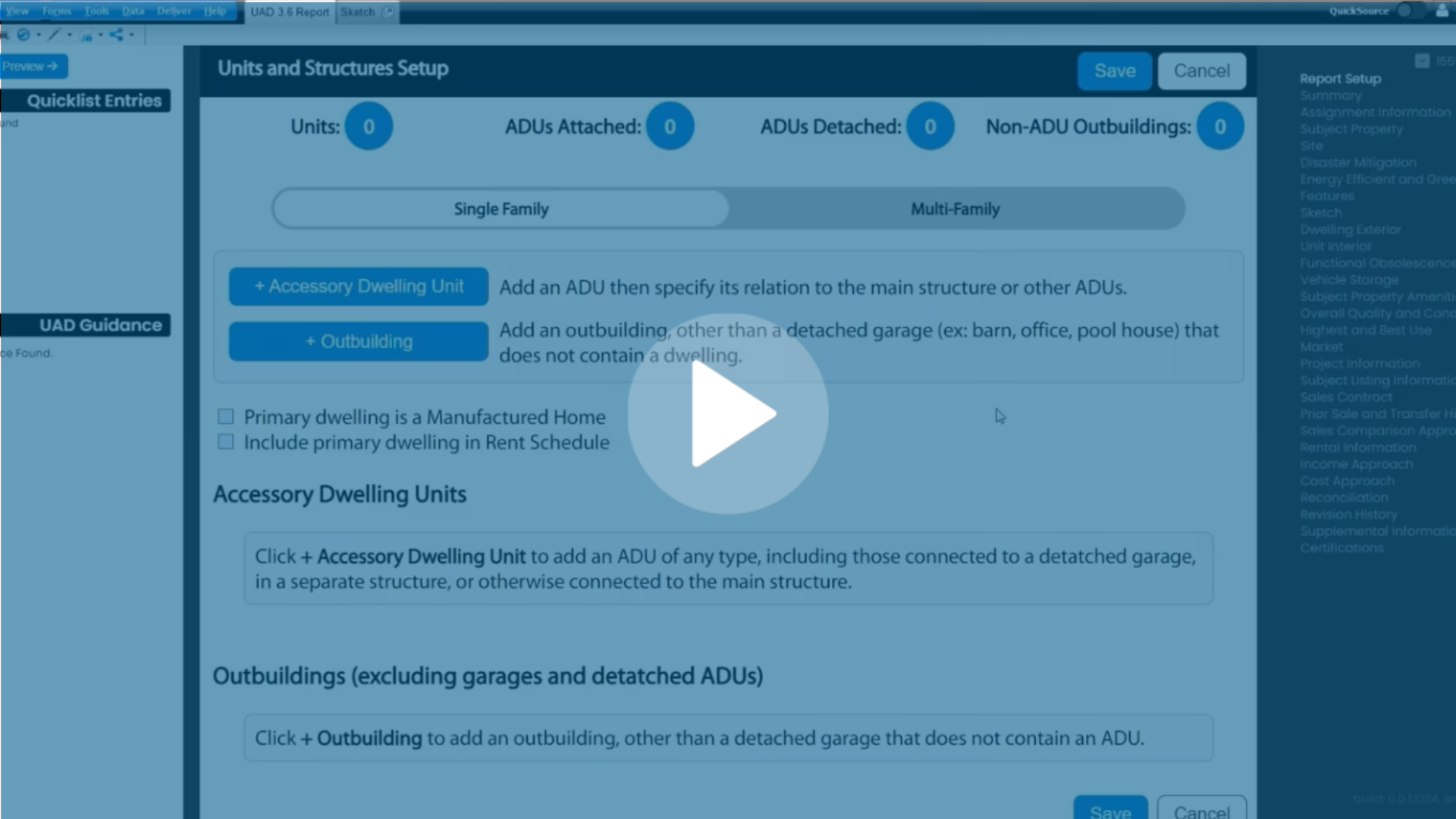
.png)

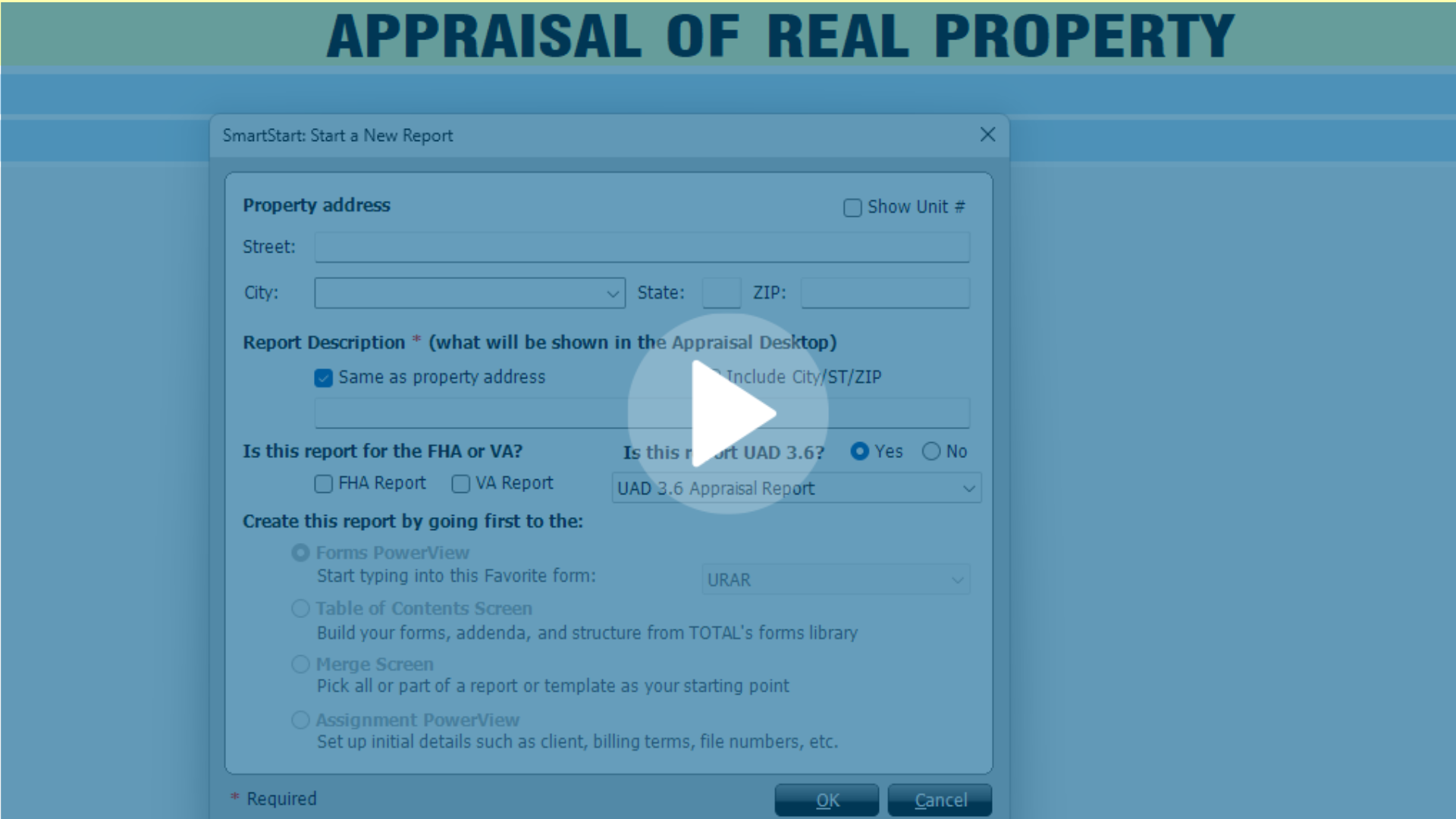


.png)
-1.png)
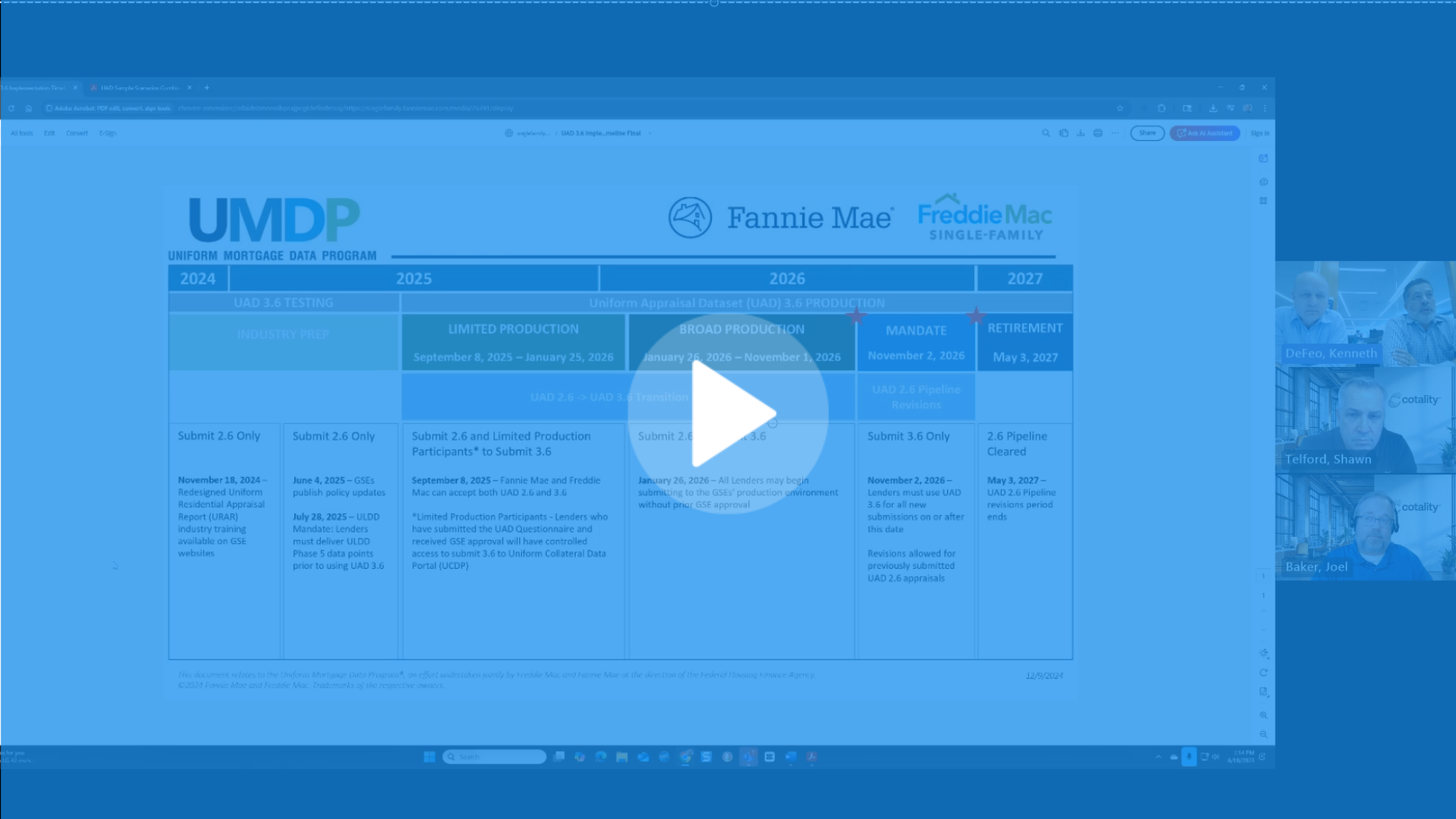
.png)
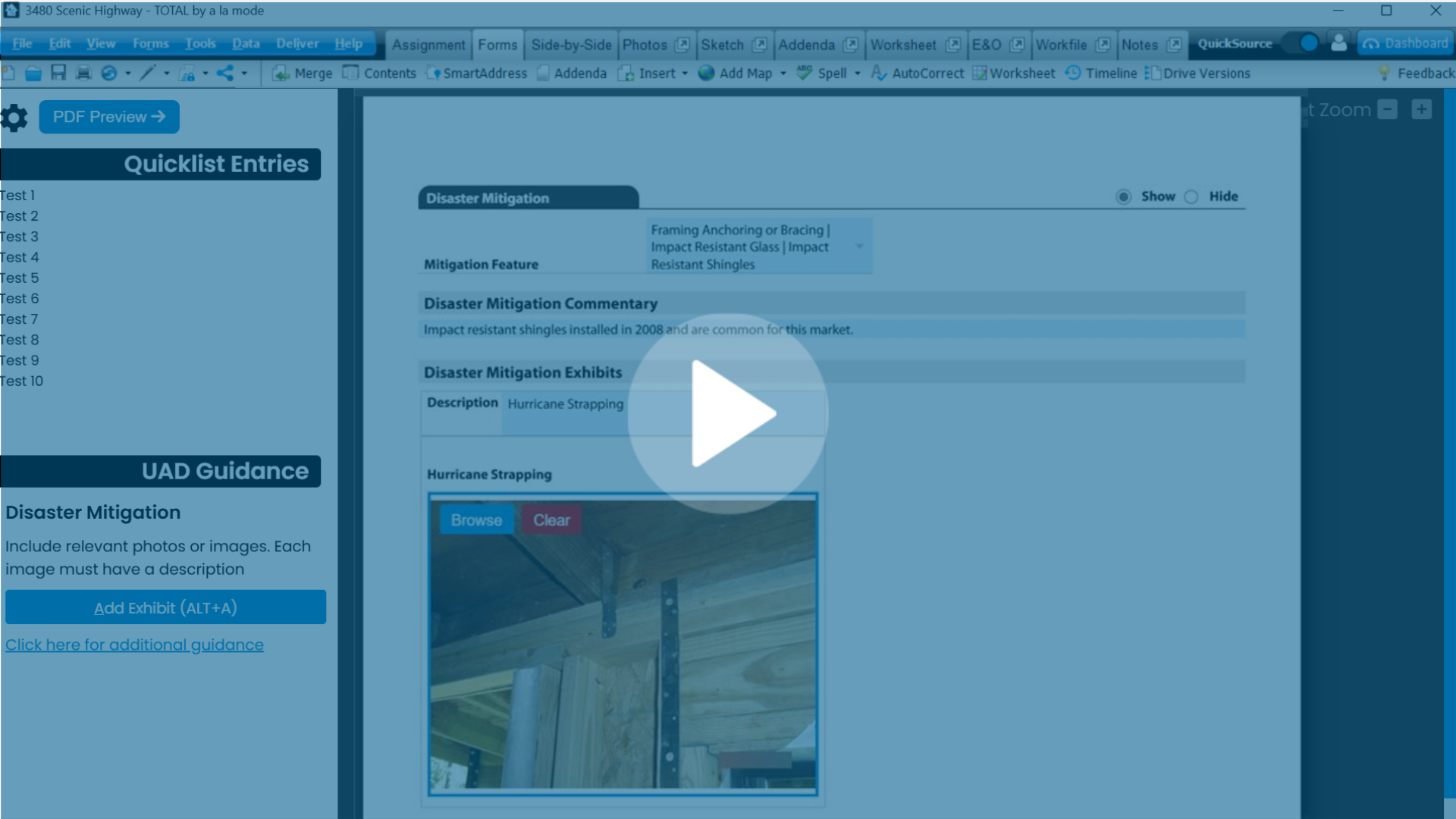
.png)
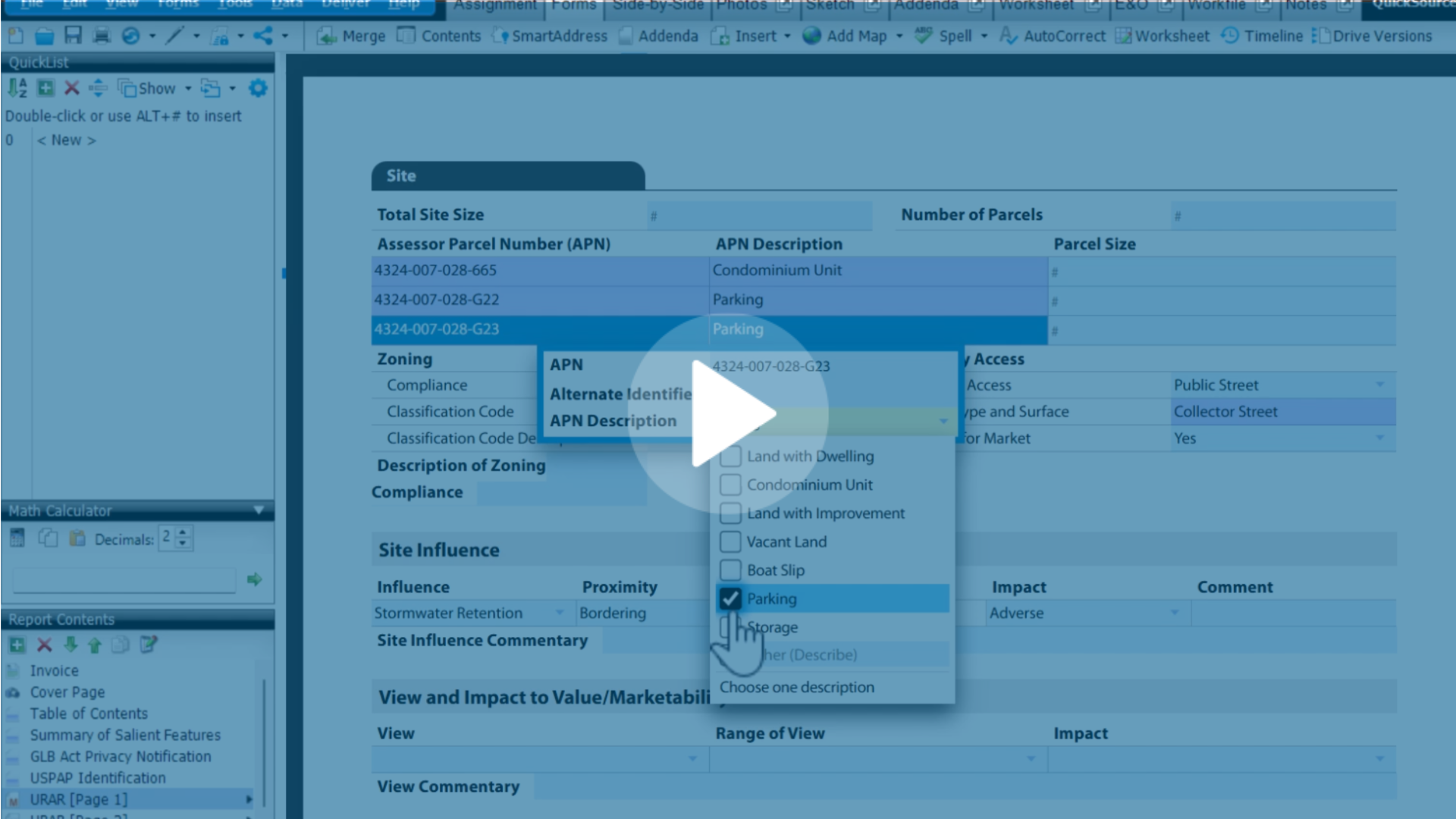
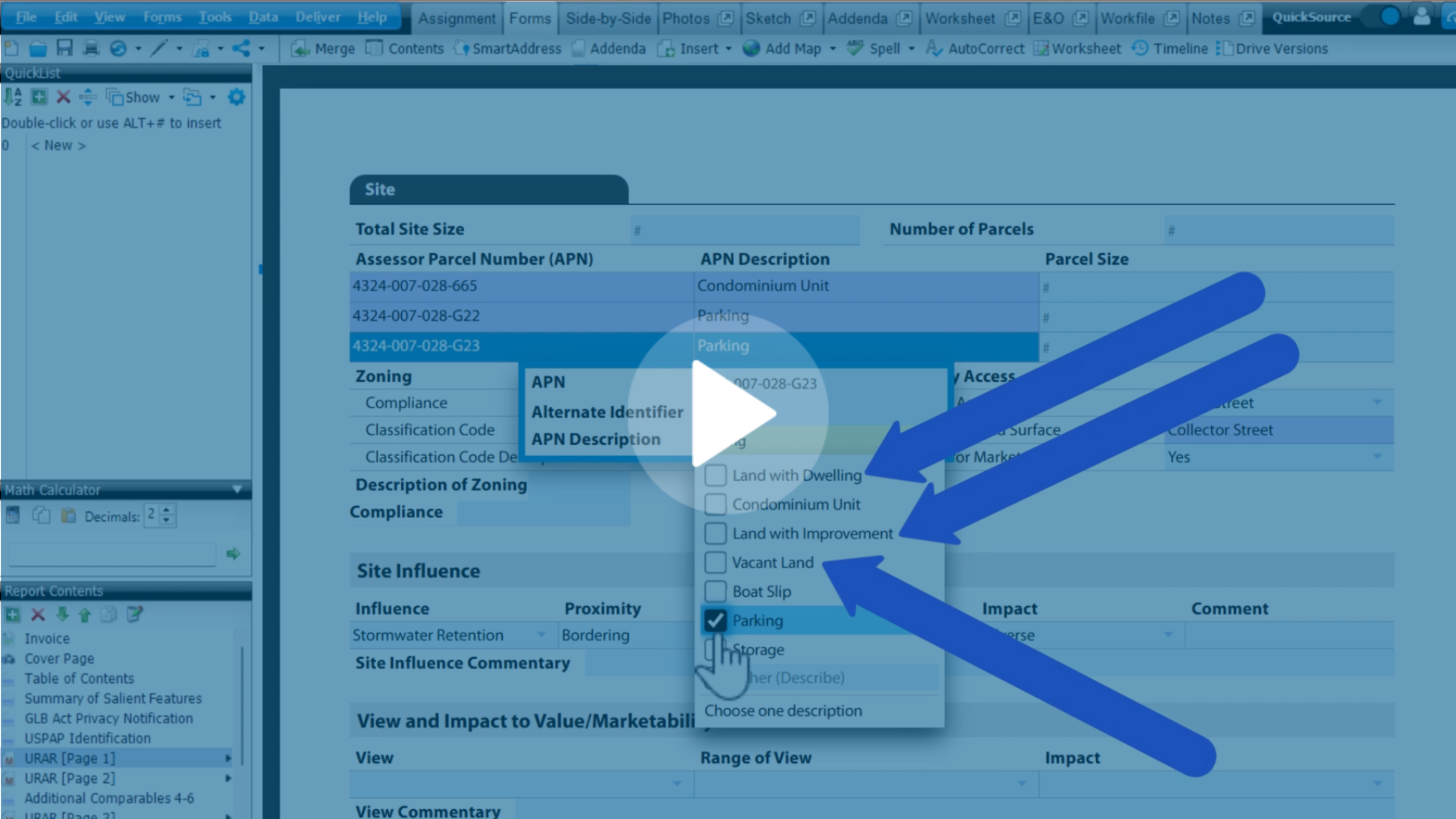
.png)
.png)
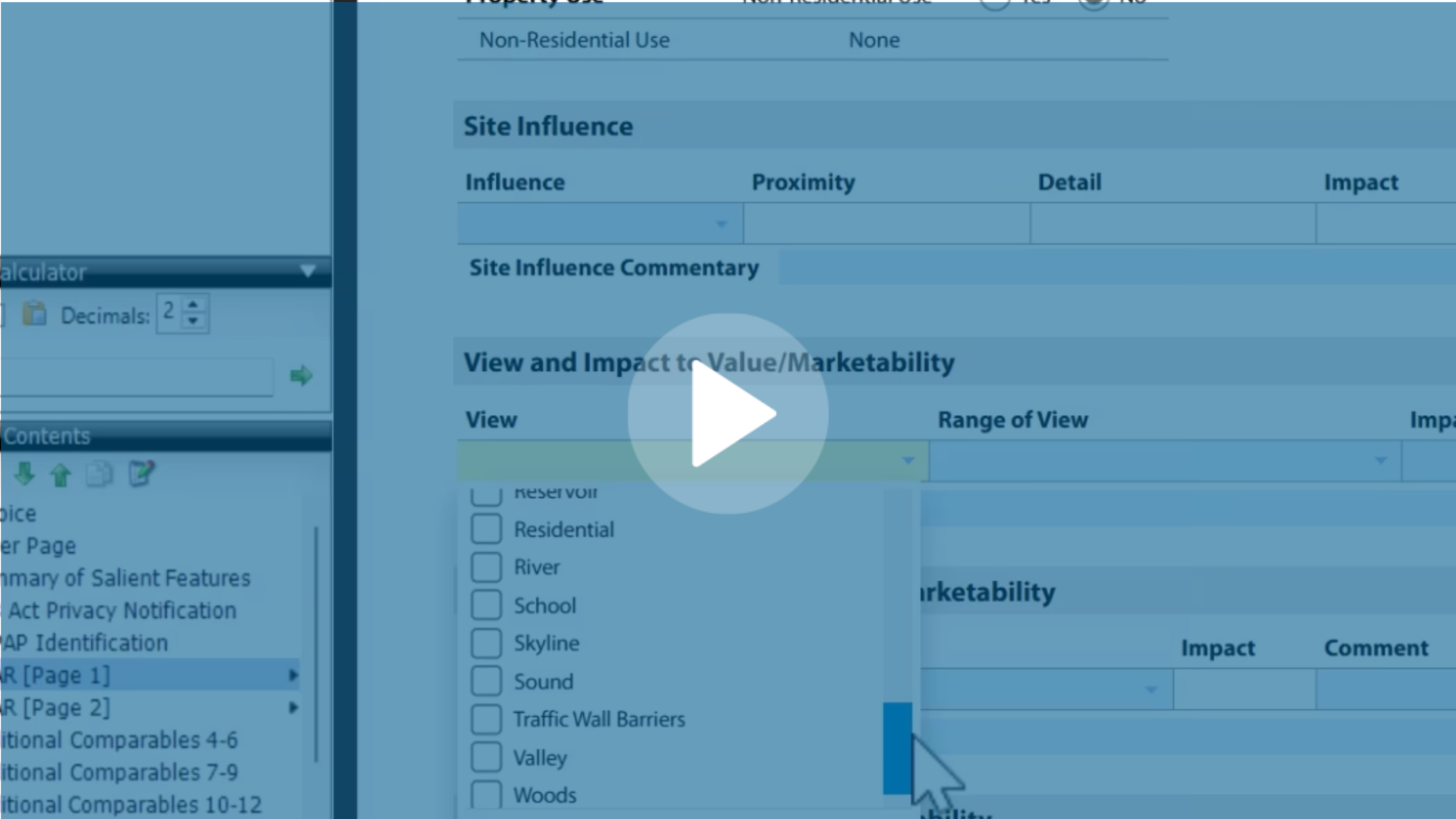
.jpg)
.png)
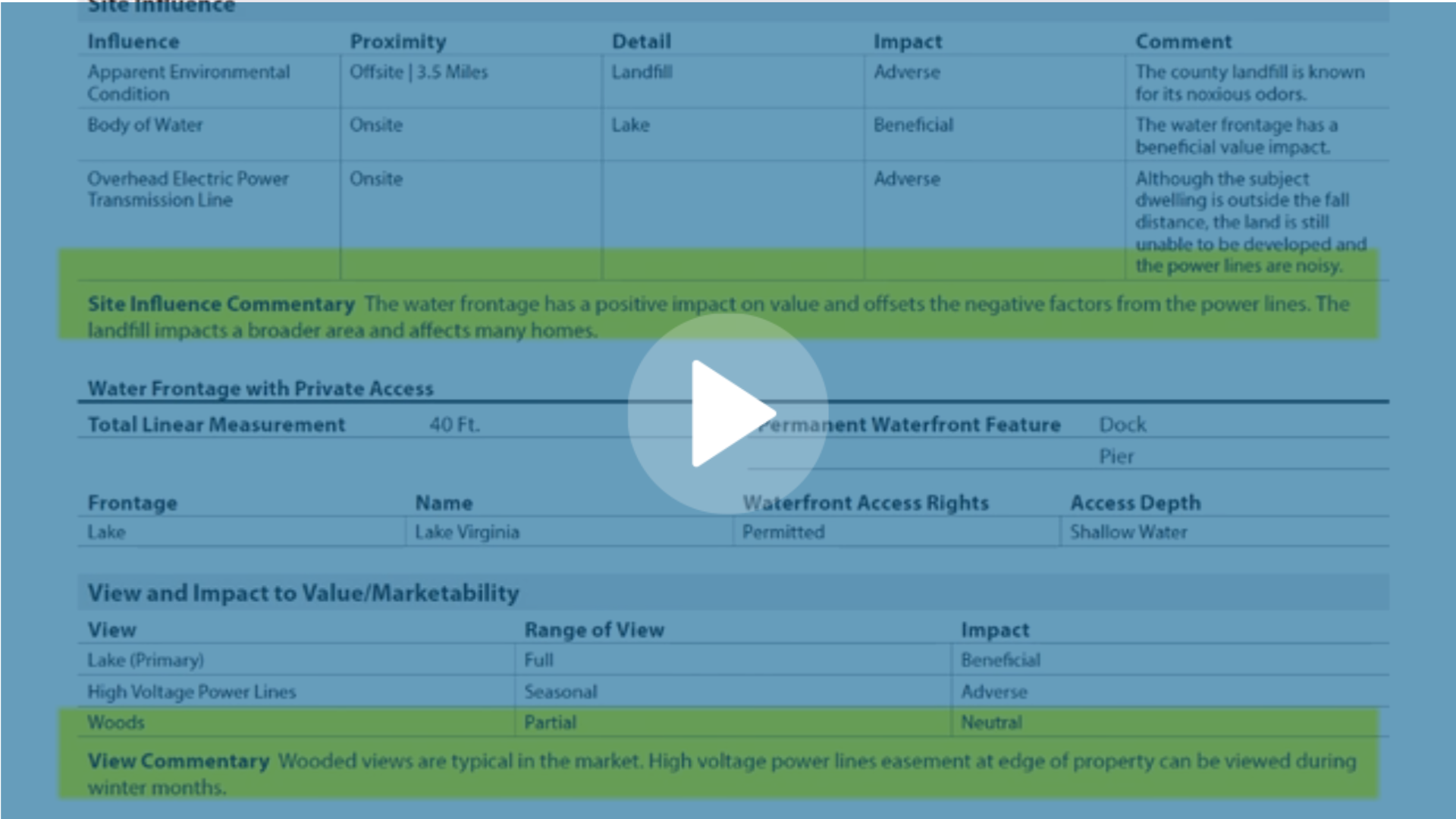
-1.png)









